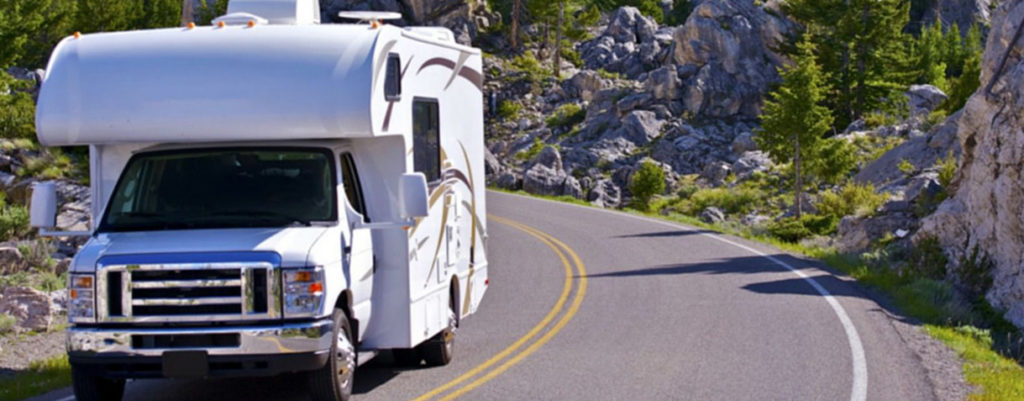
We provide three options for vehicle storage: indoor climate-controlled, indoor non-climate controlled and outside parking. We offer complimentary monthly vehicle starting and battery charging. Should you have a low tire, we keep an air compressor on site.
Indoor climate-controlled storage, our premium option, keeps your vehicle safe from sun damage and humidity. Indoor non-climate-controlled storage is also a good option to protect your vehicle from the elements. Outdoor storage (available at our sister property) is the most economical option. Your storage choice is based on your vehicle and your specific needs. We’ll be happy to assist you with making a determination of the best type of storage for your vehicle.
- Wash and Wax: It’s a good idea to wash and wax your vehicle before you store it. Bird and bug residue left on paint for long periods may cause damage to the finish. This is especially important if it is love bug season here in Florida. The acidity of the dead love bugs can cause pits and etches in the paint.
- Use Plastic Sheeting: Use plastic sheeting or tarps on a concrete floor to create a vapor barrier.
- Clean and Vacuum the Interior: Leftover food crumbs or wrappers may attract insects. If you clean the interior or carpet, make sure it’s dry before storing to prevent mildew. If your storage unit is not climate controlled you may want to use a desiccant, such as Damp Rid.
- Remove the Spark Plugs: Remove spark plugs and spray oil into the cylinders to prevent corrosion. Turn the crankshaft about 4 to 6 times to circulate the oil. Reinstall the spark plugs and reconnect the plug wires.
- Disconnect the Battery: Disconnect the battery cables and remove the battery. Clean the top and sides and remove any moisture-retaining, conductive film. Place it on a clean, dry surface and connect a float charger to maintain a battery charge for long periods. Inspect the battery box for corrosion.
- Lubricate the Latches and Hinges: Lubricate the hood release latch and hood and door hinges to protect them from moisture.
- Flush the Brake Fluid: Flush the brake fluid and replace with new fluid. Your car may require silicone fluid to prevent moisture absorption.
- Check the Engine Coolant: Check the freeze point of the engine coolant with a hydrometer to make sure it’s low enough for the ambient temperatures.
- Protect from Rodents: To protect from rodents, stuff aluminum foil into the tailpipe, engine air intake, and the fresh air intake in front of the windshield.
- Flatspot the Tires: If the vehicle is left longer than six months, consider flat-spotting the tires. Jack up each end of the vehicle so that it’s high enough to slip a jack stand under each lower arm.
- Protect Windshield Wipers: Stuff clean rags between the wiper arms and windshield so that the wipers don’t stick to the windshield. Apply a film of rubber lubricant to the squeegees.
- Use a Cover: Whether you’re storing indoors or outdoors, use a breathable, custom fit cover that extends down to cover the wheel wells and is secured with straps.
- Add a Fuel Stabilizer and Fill theTank: Fill the tank and add a fuel stabilizer so that you don’t have problems with condensation. This could cause corrosion or worse.
- Change the Oil: Change your oil filter, flush it out so that no water remains, and add new oil. Water or acids in your oil can corrode the engine.
- Refresh the Coolant System: To protect your engine from freezing and corrosion, drain the current coolant, flush with water, and fill with fresh antifreeze. Be sure to dilute the antifreeze to specification.
- Disconnect the Battery: Disconnect your battery and top it off with distilled water. Charge it periodically so that it’s ready to go when you hook it back up to your boat.
- Grease the Steering Mechanism: Grease the steering and control mechanisms so that they will be moving smoothly when it’s time to take your boat out again.
- Remove the Drive Belts: Before storing your boat, loosen and remove drive belts. They could crack under the stress of being kept under tension for long periods of time.
- Maintain the Interior of Your Boat: The interior elements of your boat are vulnerable to cold and moisture. Remove electronics prior to storage. If possible, organic fabrics such as canvas and leather should be removed to protect against mold and mildew. Empty water tanks and run antifreeze through the pipes.
- Clean the Hull and Deck: Clean the hull and deck so that your boat will be spotless and free of trash when you’re ready to put it in the water.
- Wash and Wax the Exterior: Wash your boat and cover the body with a coat of wax. This will prevent rust and is of particular importance if you are using outdoor storage.
- Use a Cover: Whether storing inside or outside, cover your boat to protect from the elements as well as dust, grime, and moisture.
- Wash Your Jet Ski: Wash and dry your jet ski thoroughly prior to storage.
- Fill the Tank and Add Fuel Stabilizer: To protect the integrity of your gas lines and engine, fill the gas tank and add a fuel stabilizer.
- Change the Oil: Change the oil and get a new oil filter so that your jet ski will be like new next season.
- Lubricate: Lubricate brakes and steering equipment to prevent corrosion.
- Remove Your Battery: Remove your battery and keep it connected to an automatic battery charger during the off season.
- Add Antifreeze: Check your owner’s manual for winterizing instructions regarding antifreeze.
- Cover: Place a breathable cover over your jet ski to keep it clean.
- Tires: For indoor or outdoor storage, add about 10 pounds of pressure to each tire to help prevent flat spots. If flat spots do develop, they often disappear after the trailer has been driven for about 25 miles.
- Indoor Storage: Tire pressure to prevent flat spots (see above) is the only preparation you need.
- Outdoor Storage: Enclosed trailers should be secured and locked. Any gear in open trailers should be secured to the trailer to prevent theft.
To keep your boats and vehicles in optimum condition, make the extra effort to properly prepare them for storage. Always check your owner’s manual, and, if you still need assistance, feel free to contact our manager with any questions. We’re always here for you.



